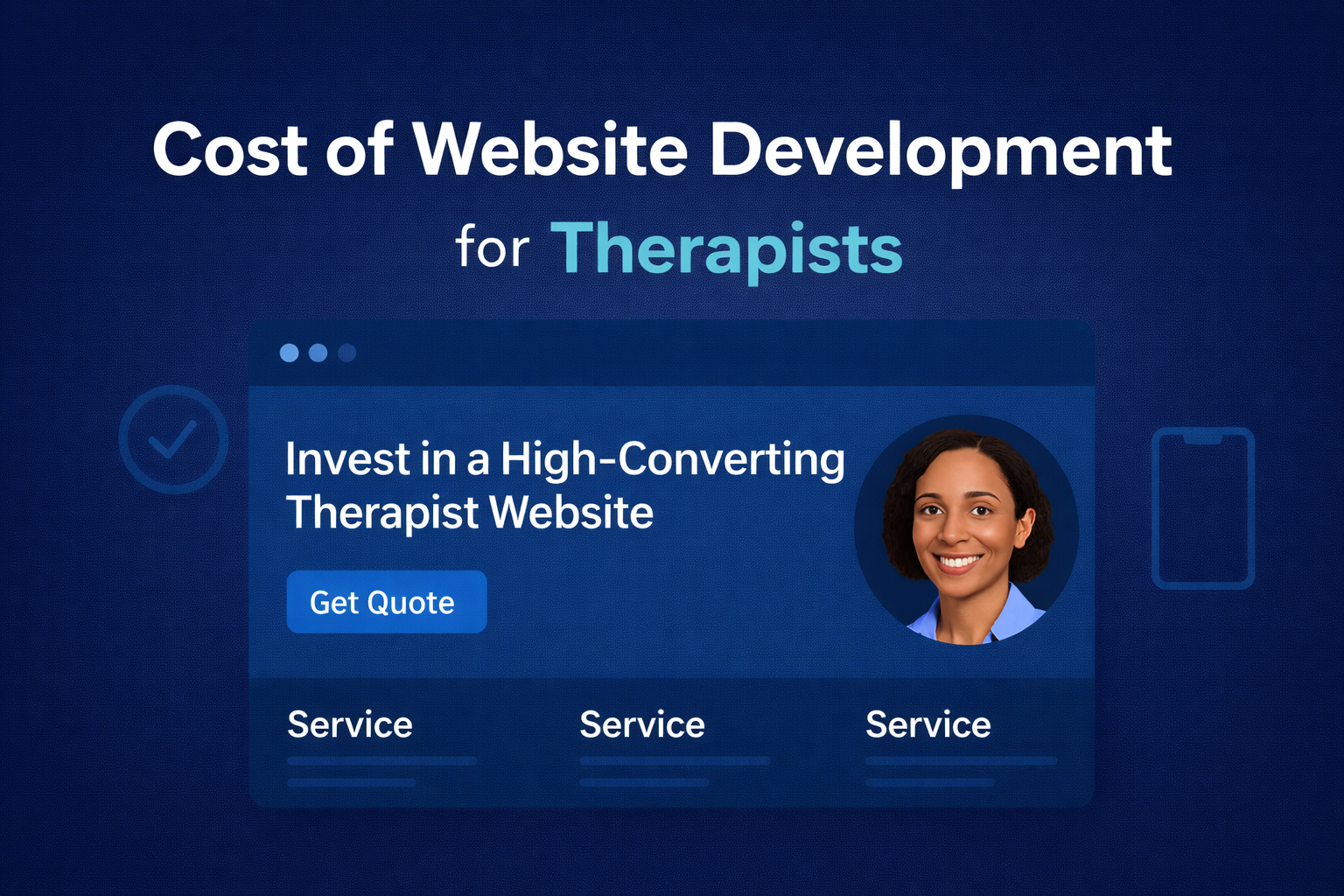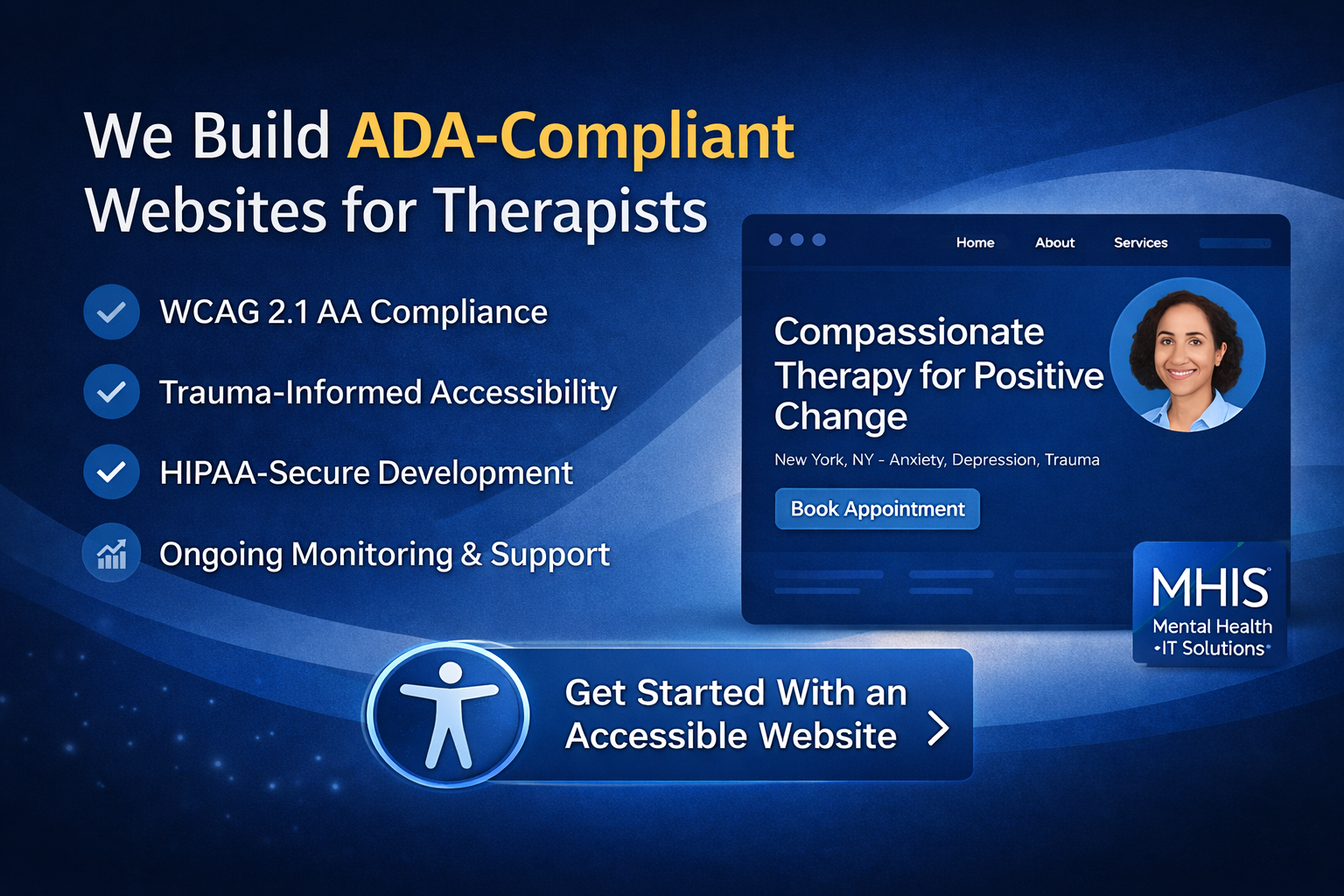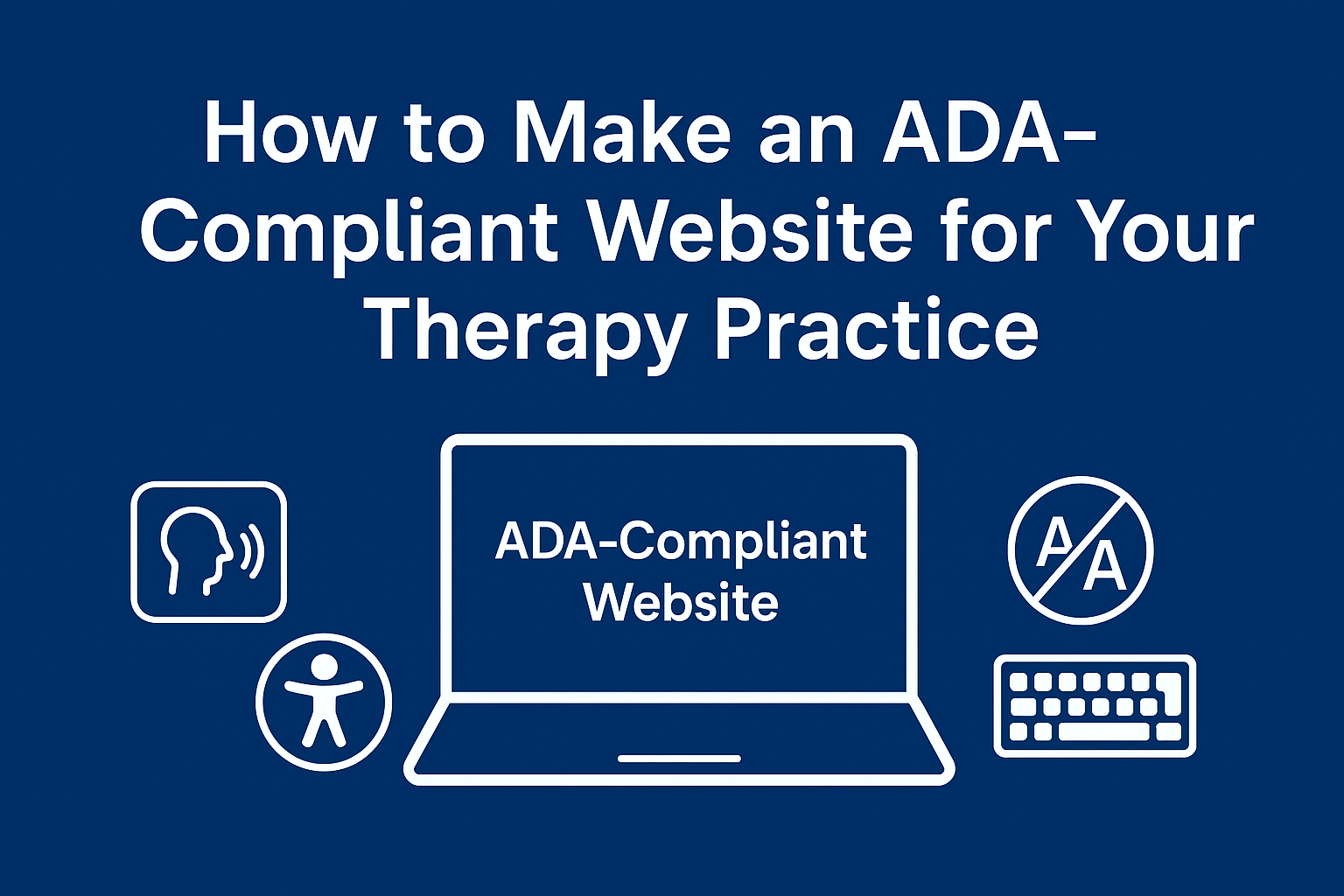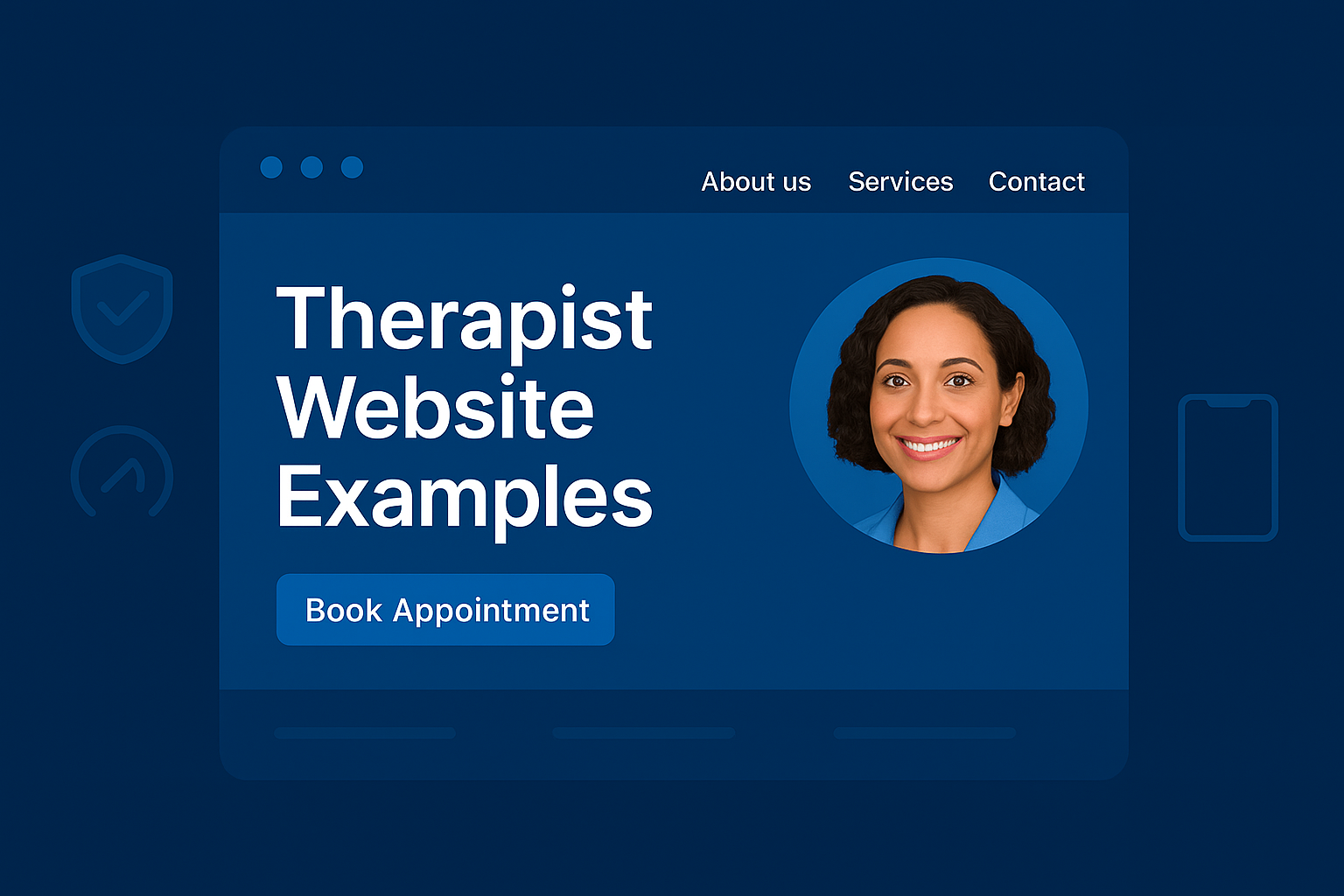Starting out as a new therapist in private practice can feel overwhelming — especially when your online presence is small and social media isn’t your strength. But in 2025, you don’t need a massive Instagram following or a viral TikTok moment to establish yourself as a credible, trustworthy mental health professional.
Clients today are asking:
- “How do I know if a therapist is legit?”
- “What should I look for when choosing a therapist online?”
- “Can I trust a new therapist if they don’t have many reviews?”
What matters more than followers is how you position yourself online — and this blog shows how new therapists can build real authority that drives inquiries and bookings.
Start With One Clear Niche (Even if You Offer More)
Clients don’t search “general therapist.” They search:
- “Therapist for postpartum anxiety in San Diego”
- “Couples therapy for high-conflict relationships”
- “Online therapy for ADHD adults”
Choosing a specific niche gives you immediate SEO and voice search advantages. Instead of trying to appeal to everyone, dominate one focused topic — and expand later.
We’ve seen therapists who picked clear niches go from zero to fully booked in under 6 months.
📌 Attract Clients with Niche Marketing
Write to Be Found (Not Just Heard)
Many new therapists write blogs or Instagram captions that feel personal, thoughtful… and invisible to Google.
If you want voice search to work in your favor, your content needs to:
- Answer real-world questions like “How does CBT work for anxiety?”
- Use natural language — the way people speak into Siri or Google
- Include location and service type (e.g., “grief therapist near Houston”)
You don’t need 100 articles. You need 10 that show up when clients speak out loud.
📌 SEO for Therapists: Attract the Right Clients
Borrow Credibility from Platforms You Control
New therapists often think, “I need client reviews before I can market myself.”
Reality: you can build trust through strategy, not scale.
Use these tools:
- A professional website with a clear intro video
- Testimonials from colleagues or supervisors (ethically structured)
- Blog posts and FAQ sections that show thought leadership
Most clients will never look beyond your homepage and one or two blog articles. If those pages look and feel like an expert’s, your inquiries will reflect it.
📌 Build Your LMFT Online Presence in 2025
Show Up in the Right Places (Not All the Places)
Instead of chasing every social media platform, start with:
- Google Business Profile
- One blog post per month
- One email or newsletter every 4–6 weeks
These channels drive the most searchable, long-term traffic — the kind that works while you sleep.
📌 Email Marketing Best Practices
📌 Why Digital Marketing Strategy Matters
Quick Wins for Authority (Without Overthinking It)
- Create a short “About Me” video answering: “Who do I help and how?”
- Publish one blog post titled: “What to Expect in Your First Therapy Session”
- Add a line to your email signature: Now accepting new clients for [specialty]
- List yourself on Psychology Today with voice search–friendly service names
- Link every profile or social account back to your website
Final Thought
In 2025, new therapists don’t need big followings. They need smart visibility.
Start small. Speak directly. Show up where your clients are searching. And build authority that’s rooted in clarity — not popularity.
If you’re ready to position your practice for voice search, SEO, and steady client growth — Mental Health IT Solutions builds digital foundations that new therapists can trust.







